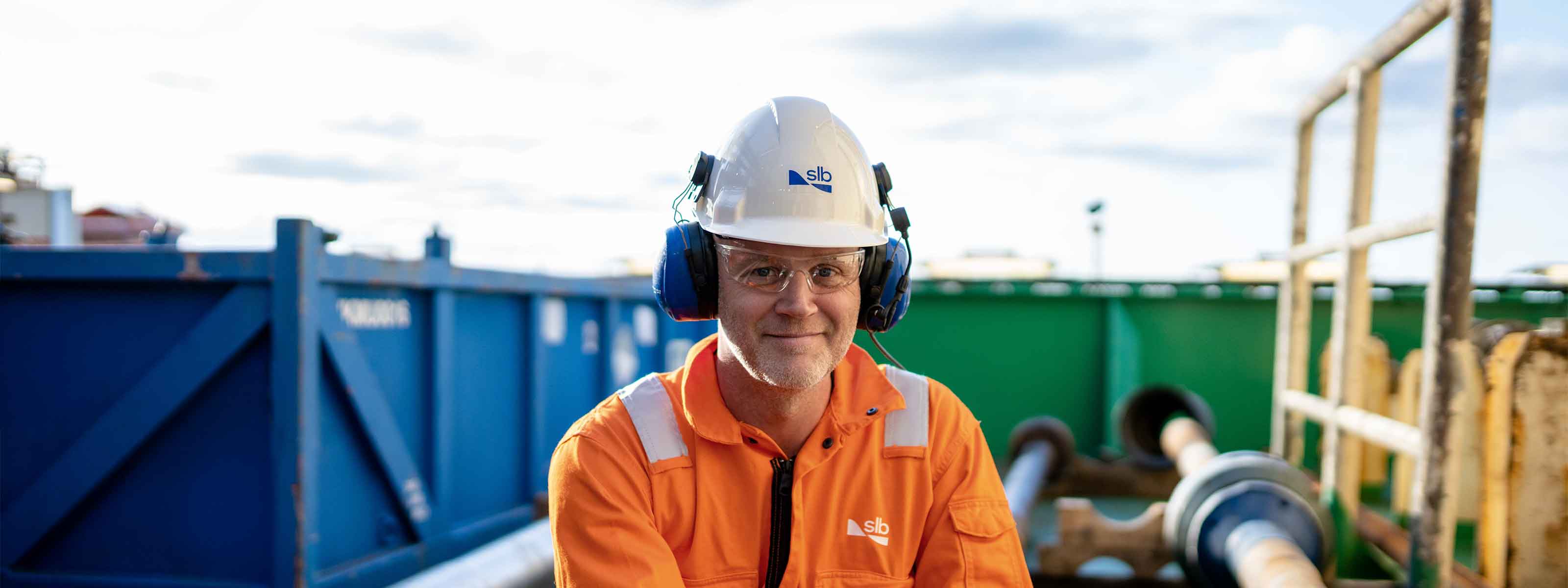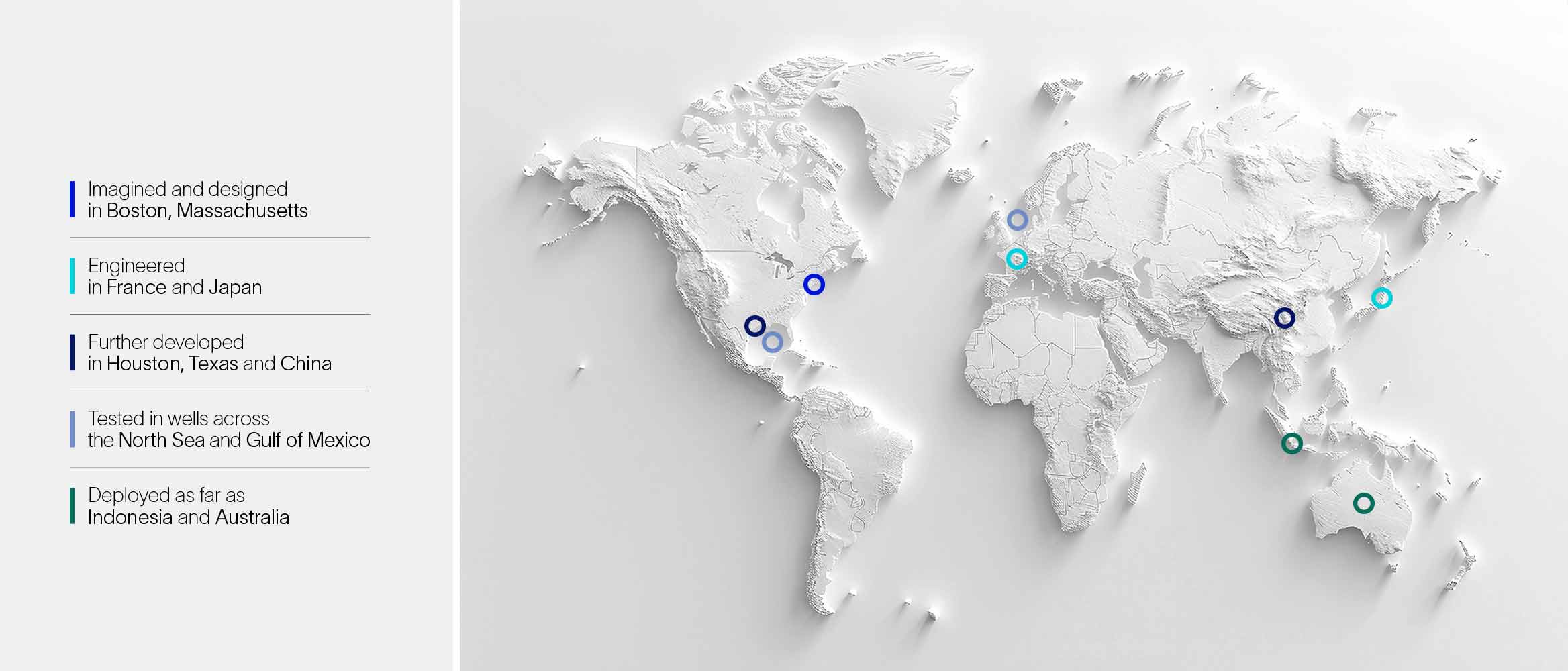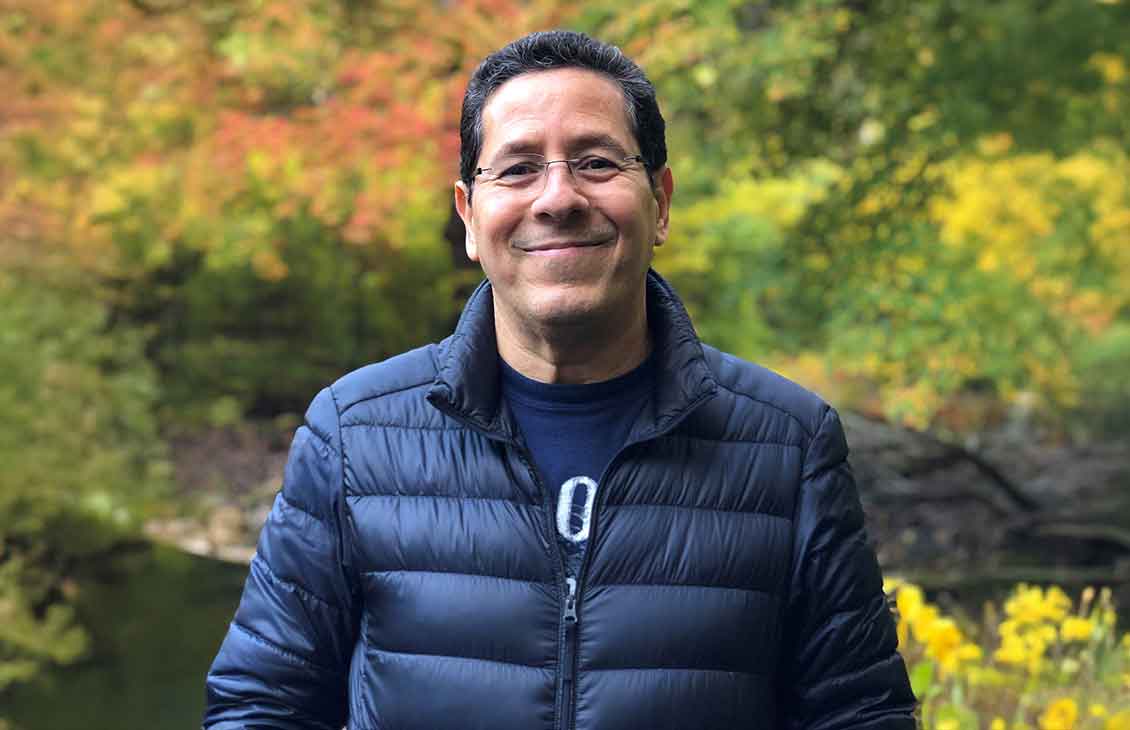

This is a story of curiosity. The kind of curiosity that empowers you to take a big risk for an even bigger reward. And we’re not talking about just one person—we're talking about many. Many engineers worldwide that came together to do what was previously deemed impossible: check the safety barriers in old oil and gas wells without the risk and cost of taking them apart.
When you consider the millions of wells worldwide that should be checked to ensure they’re in good working order, you can quickly appreciate the challenge…and the incredible commercial opportunity.
At SLB, we live for those.
"This may seem like an energy tech story—which, in part, it is—but as you read on, you’ll see that this is more a story about people. Behind the tech are brave humans who went against the odds to craft something that continues to make a difference for both their industry and their planet."
Kamaljeet Singh, Downhole Surveillance Technical Director

It’s even more difficult to assess the well’s safety when there are multiple layers of casing strings around the tubing. We had successfully seen through one layer for decades using sound waves, returning clearer and clearer imagery of the barriers (both metal and cement) around the tubing. But seeing through two layers of steel pipe? They said it couldn’t be done.

Using sound waves to pass through and “paint” the picture of a second, more internal layer of casing is infinitely more complex. People thought it was impossible, so they always pulled the tubing out of the well to look at the remaining single layer directly. Not only does that take time and money—along with being a risk to the environment and safety—but it also produces more carbon emissions. And that’s what got us.

Enabling operators to intervene without a rig.
How could we determine the integrity of multiple well barriers without retrieving any tubing? It’s with a difficult question like this that innovation begins.
A combination of physics, sensors, and modeling experts from around the world were brought together to tackle the challenge. Digital, AI, and machine learning (ML) experience were then layered on top of that because, hello, data.

The approach

Our team intelligently combined sonic and ultrasonic tech into a novel product, Epilogue™ dual-string barrier evaluation, that could accurately facilitate the probing required. Ultrasonic was used for shallow probing of the 1st casing, followed by sonic imaging for deeper probing of the 2nd casing. The latter was mapped with the assistance of machine learning of the sonic behavior, while additional algorithms were engineered and validated by experiments done at scale and subsequent modeling.

Hi, I'm Smaine Zeroug!
And I'm a Research Director for Geosciences in Boston.
"I’ve been working on advanced acoustic tech for decades, imaging deeper into the rock with better resolution to see what’s there. But like your Wi-Fi at home, it hates walls—or pipes, in our case. We solved that by finding a way to see through not just one but two barriers, providing huge benefits to both our customers and the planet."
The result
20
patents
11
journals
165+
jobs
Ultimately, it’s about plugging and abandoning wells with the knowledge that they’re safe and efficient for both the operator and the planet. That’s the beauty of Epilogue—great for them, great for us, great for everyone.

